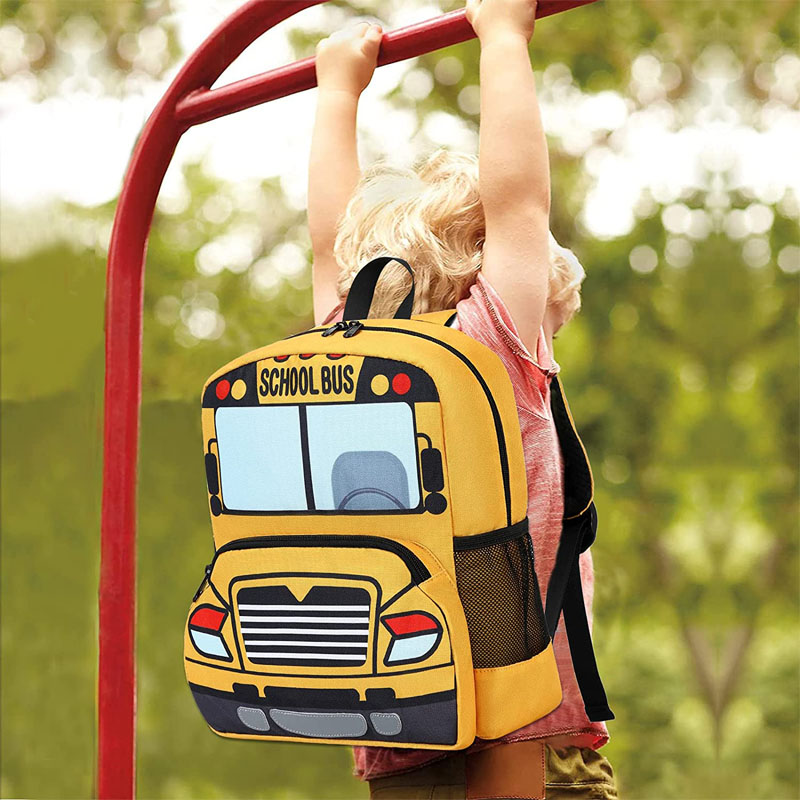 English
English-
 English
English -
 Español
Español -
 Português
Português -
 русский
русский -
 Français
Français -
 日本語
日本語 -
 Deutsch
Deutsch -
 tiếng Việt
tiếng Việt -
 Italiano
Italiano -
 Nederlands
Nederlands -
 ภาษาไทย
ภาษาไทย -
 Polski
Polski -
 한국어
한국어 -
 Svenska
Svenska -
 magyar
magyar -
 Malay
Malay -
 বাংলা ভাষার
বাংলা ভাষার -
 Dansk
Dansk -
 Suomi
Suomi -
 हिन्दी
हिन्दी -
 Pilipino
Pilipino -
 Türkçe
Türkçe -
 Gaeilge
Gaeilge -
 العربية
العربية -
 Indonesia
Indonesia -
 Norsk
Norsk -
 تمل
تمل -
 český
český -
 ελληνικά
ελληνικά -
 український
український -
 Javanese
Javanese -
 فارسی
فارسی -
 தமிழ்
தமிழ் -
 తెలుగు
తెలుగు -
 नेपाली
नेपाली -
 Burmese
Burmese -
 български
български -
 ລາວ
ລາວ -
 Latine
Latine -
 Қазақша
Қазақша -
 Euskal
Euskal -
 Azərbaycan
Azərbaycan -
 Slovenský jazyk
Slovenský jazyk -
 Македонски
Македонски -
 Lietuvos
Lietuvos -
 Eesti Keel
Eesti Keel -
 Română
Română -
 Slovenski
Slovenski -
 मराठी
मराठी -
 Srpski језик
Srpski језик -
 Esperanto
Esperanto -
 Afrikaans
Afrikaans -
 Català
Català -
 שפה עברית
שפה עברית -
 Cymraeg
Cymraeg -
 Galego
Galego -
 Latviešu
Latviešu -
 icelandic
icelandic -
 ייִדיש
ייִדיש -
 беларускі
беларускі -
 Hrvatski
Hrvatski -
 Kreyòl ayisyen
Kreyòl ayisyen -
 Shqiptar
Shqiptar -
 Malti
Malti -
 lugha ya Kiswahili
lugha ya Kiswahili -
 አማርኛ
አማርኛ -
 Bosanski
Bosanski -
 Frysk
Frysk -
 ភាសាខ្មែរ
ភាសាខ្មែរ -
 ქართული
ქართული -
 ગુજરાતી
ગુજરાતી -
 Hausa
Hausa -
 Кыргыз тили
Кыргыз тили -
 ಕನ್ನಡ
ಕನ್ನಡ -
 Corsa
Corsa -
 Kurdî
Kurdî -
 മലയാളം
മലയാളം -
 Maori
Maori -
 Монгол хэл
Монгол хэл -
 Hmong
Hmong -
 IsiXhosa
IsiXhosa -
 Zulu
Zulu -
 Punjabi
Punjabi -
 پښتو
پښتو -
 Chichewa
Chichewa -
 Samoa
Samoa -
 Sesotho
Sesotho -
 සිංහල
සිංහල -
 Gàidhlig
Gàidhlig -
 Cebuano
Cebuano -
 Somali
Somali -
 Тоҷикӣ
Тоҷикӣ -
 O'zbek
O'zbek -
 Hawaiian
Hawaiian -
 سنڌي
سنڌي -
 Shinra
Shinra -
 Հայերեն
Հայերեն -
 Igbo
Igbo -
 Sundanese
Sundanese -
 Lëtzebuergesch
Lëtzebuergesch -
 Malagasy
Malagasy -
 Yoruba
Yoruba -
 简体中文
简体中文 -
 繁体中文
繁体中文
Children's backpack
Send Inquiry
China Yongxin children's backpack, also known as a kids' backpack, is a small-sized backpack designed specifically for children. High quality backpacks are tailored to meet the needs and preferences of kids, offering them a convenient and comfortable way to carry their belongings, whether for school, travel, or other activities. Here are some key characteristics and considerations for a children's backpack:
Size: Children's backpacks are smaller and more lightweight than those designed for adults. They are designed to fit comfortably on a child's back without being overly burdensome. The size of the backpack should be appropriate for the child's age and size.
Durability: Children can be rough on their belongings, so a children's backpack should be durable and able to withstand everyday wear and tear. Look for backpacks made from sturdy materials like nylon, polyester, or canvas.
Design and Colors: Children's backpacks often feature colorful and fun designs, characters, or themes that appeal to kids. Some may have popular cartoon characters, animals, or patterns that match a child's interests or style.
Comfort: Look for padded shoulder straps and a padded back panel to ensure comfort during wear. Adjustable straps are important to accommodate the child's size and growth. A chest strap can help distribute the weight evenly and prevent the backpack from slipping off.
Organization: Consider the number of compartments and pockets in the backpack. Multiple compartments can help children stay organized, with dedicated sections for books, notebooks, stationery, and personal items. Some children's backpacks also include pockets for water bottles or small items.
Safety: Reflective elements or patches on the backpack can enhance visibility, particularly when children are walking or biking to school or other activities in low-light conditions.
Weight: Ensure that the backpack itself is lightweight to avoid adding unnecessary weight to the child's load. It should be designed to distribute the weight of their belongings as evenly as possible.
Water-Resistant: While not necessarily waterproof, a water-resistant backpack can help protect its contents from light rain or spills.
Name Tag: Many children's backpacks have a designated area where you can write the child's name. This helps prevent mix-ups with other children's bags, especially in school or daycare settings.
Easy to Clean: Children can be messy, so it's helpful if the backpack is easy to clean. Look for materials that can be wiped clean with a damp cloth.
Lockable Zippers (optional): Some children's backpacks come with lockable zippers, which can provide an extra layer of security for valuables and personal items.
When selecting a children's backpack, consider the child's age, needs, and preferences. Involving the child in the decision-making process and allowing them to choose a backpack with a design or theme they like can make them more excited about using it. Additionally, take into account any specific requirements or recommendations provided by the child's school or daycare regarding backpack size and features. A well-chosen children's backpack can help kids stay organized, comfortable, and happy when carrying their belongings.
















